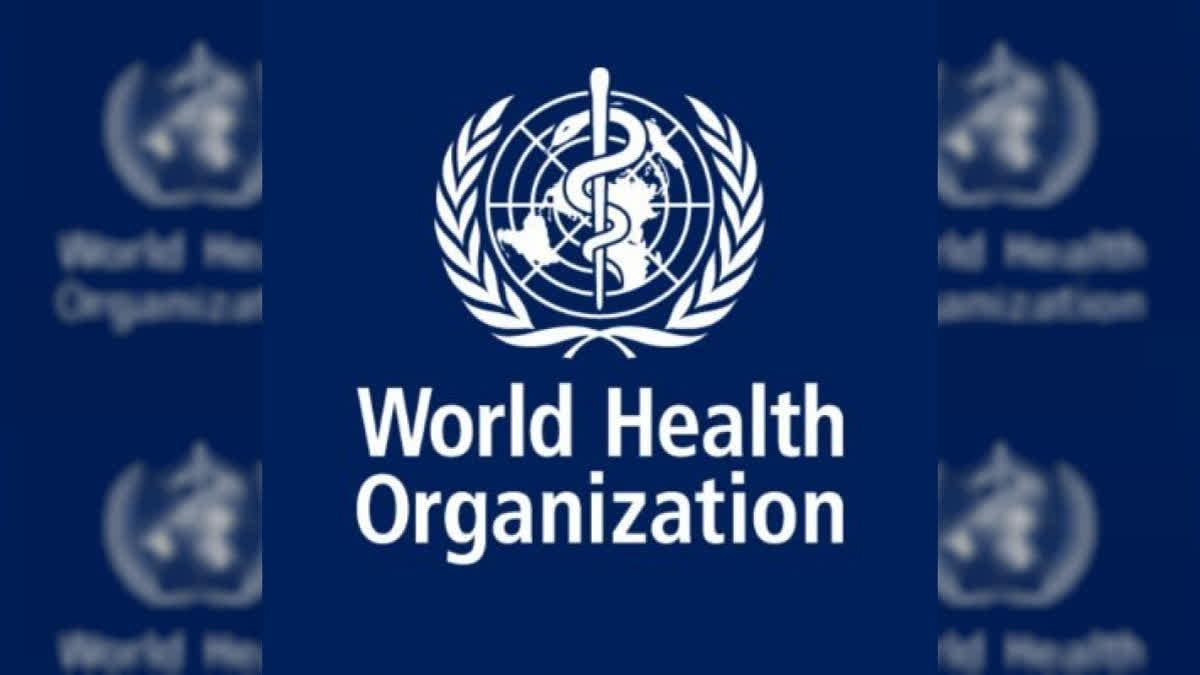New Delhi: The World Health Organisation (WHO) recommended at least 150-300 minutes of moderate-intensity aerobic physical activity or 75 to 150 minutes of vigorous-intensity aerobic physical activity for adults of 18-64 years of age to keep both physical and mental health in good shape.
The latest recommendations from the global health watchdog come against the backdrop of a study published in The Lancet Global Health which highlights that nearly 50% of Indian adults are physically inactive, posing severe health risks. Stating that physical inactivity increases the risk for noncommunicable diseases (NCDs) and other poor health outcomes, the WHO said, “Physical activity is beneficial to health and well-being and conversely.”
The global health watchdog said that in adults, physical activity brings different health outcomes like improving all-cause mortality, cardiovascular disease mortality, incident hypertension, incident site-specific cancer, type 2 diabetes, mental health (reduce symptoms of anxiety and depression), cognitive health and sleep.
“Adults should do at least 150-300 minutes of moderate-intensity aerobic physical activity or at least 75 to 150 minutes of vigorous-intensity aerobic physical activity or an equivalent combination of moderate and vigorous intensity activity throughout the week for substantial health benefits for adults of 18-64 years of age,” the WHO suggested.
For additional health benefits, it said that people should do muscle-strengthening activities at moderate or greater intensity that involve all major muscle groups for at least two days a week. It further said that adults may increase moderate-intensity aerobic physical activity to more than 30 minutes or do more than 150 minutes of vigorous-intensity aerobic physical activity or an equivalent combination of moderate and vigorous-intensity activity throughout the week for additional health benefits.
The WHO further suggested that adults should limit the amount of time spent being sedentary. “Replacing sedentary time with physical activity of any intensity (including light intensity) provides health benefits,” it said.
It further said that to help reduce the detrimental effects of high levels of sedentary behaviour on health, adults should aim to do more than the recommended levels of moderate to vigorous intensity physical activity.
Older adults, more than 65 years of age, should also do muscle-strengthening activities at moderate or greater intensity that involve all major muscle groups on two or more days a week, as these provide additional health benefits.
The WHO further said that children and adolescents (aged 5-17 years) should do at least an average of 60 minutes per day of moderate to vigorous intensity, mostly aerobic, physical activity across the week.
“Children and adolescents should limit the amount of time spent being sedentary, particularly the amount of recreational screen time,” the WHO said.
It is worth mentioning that the Lancet study, which was conducted across 197 countries from 2000 to 2022, shows a sharp rise in physical inactivity among Indian adults.
“In 2022, 45.4% of Indian adults were inactive, up from 22.4% in 2000. The gender disparity is notable, with 52.6% of women and 38.4% of men physically inactive. If this trend continues, inactivity levels could reach 55% by 2030,” the study stated.



